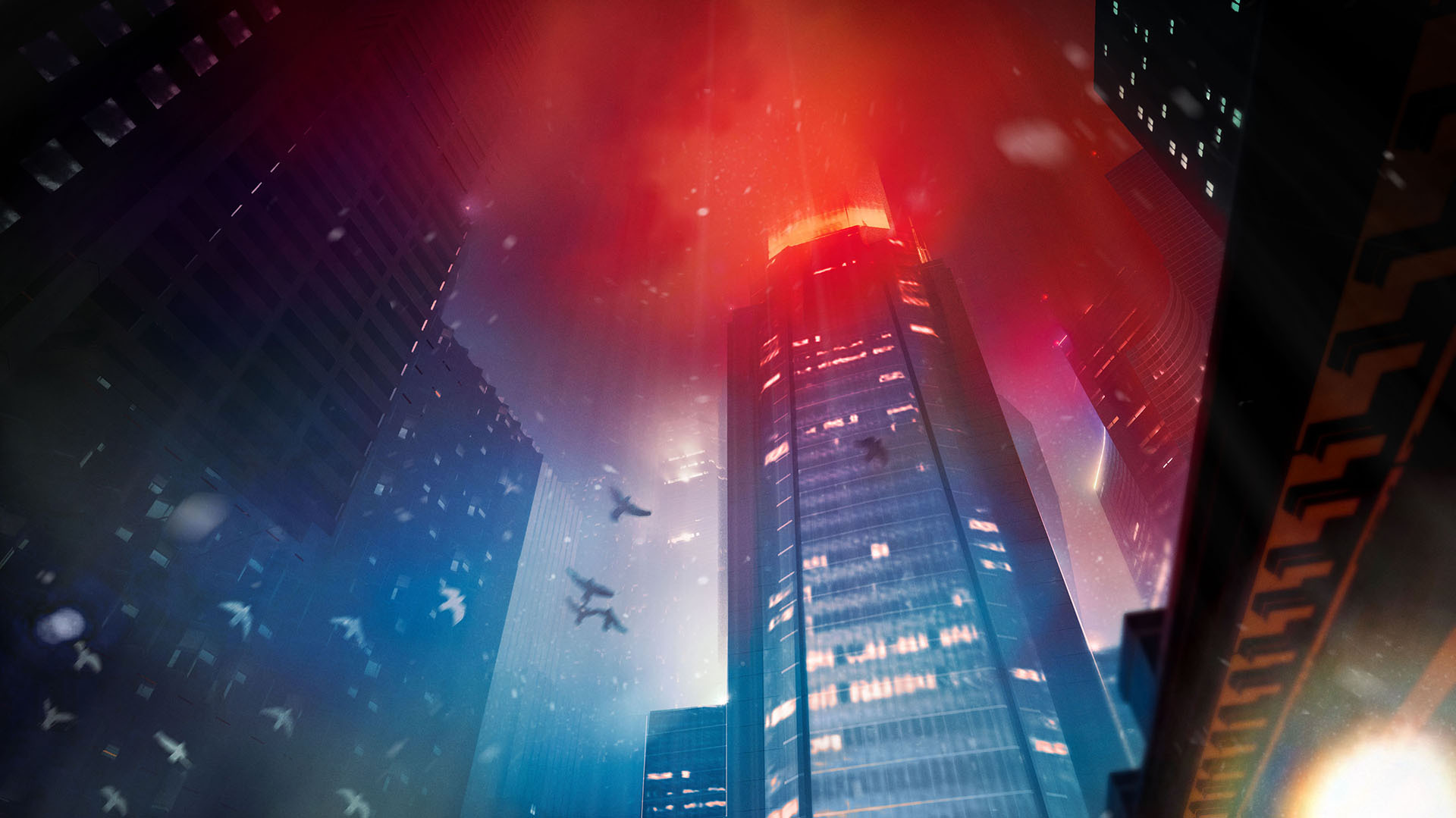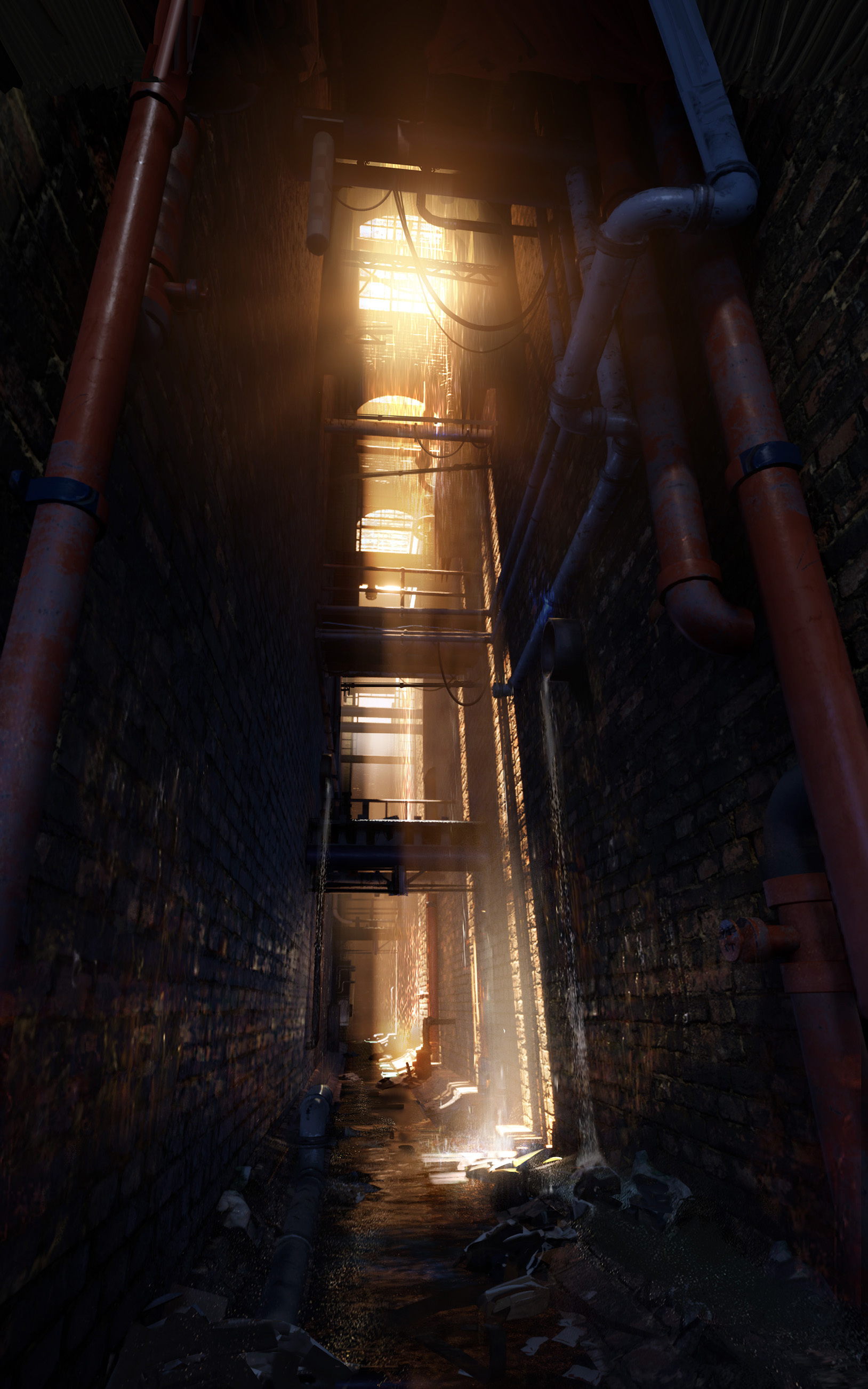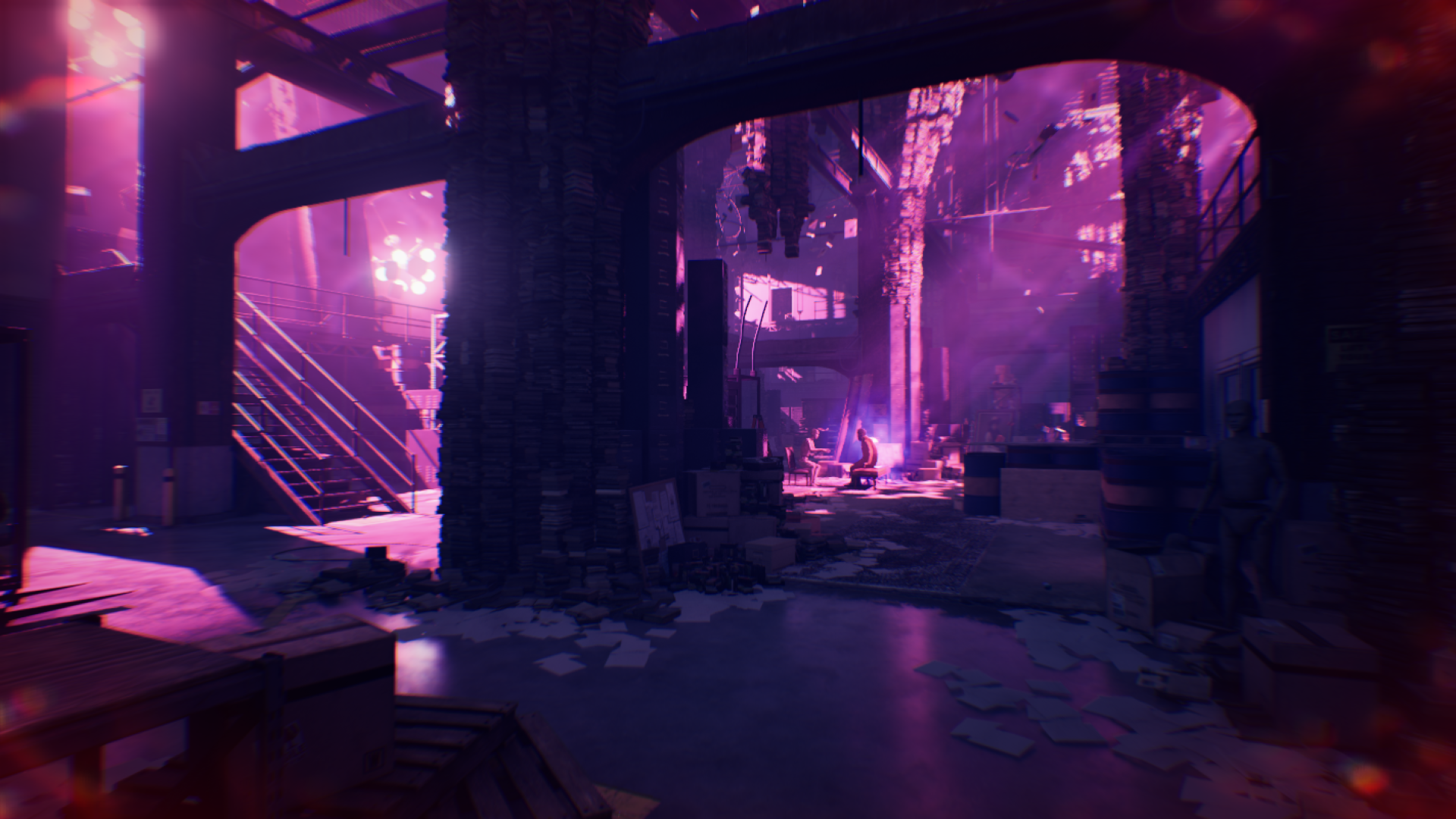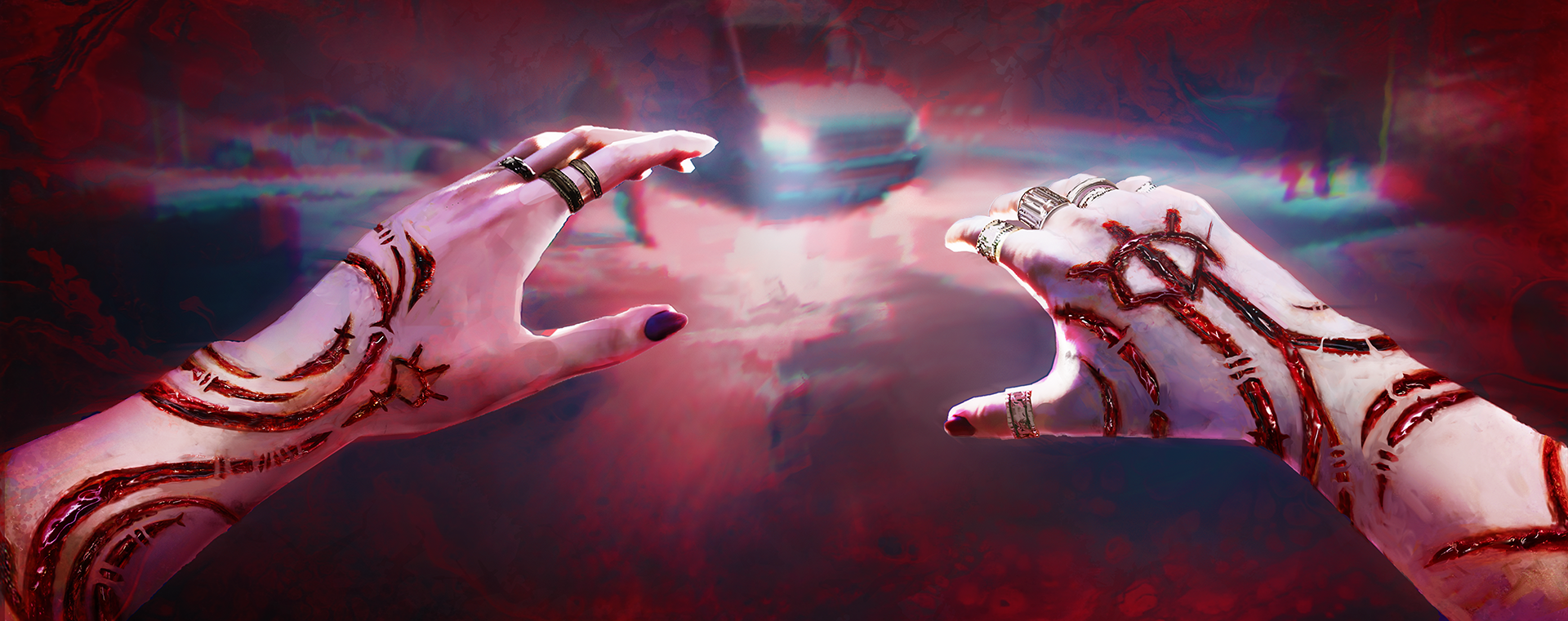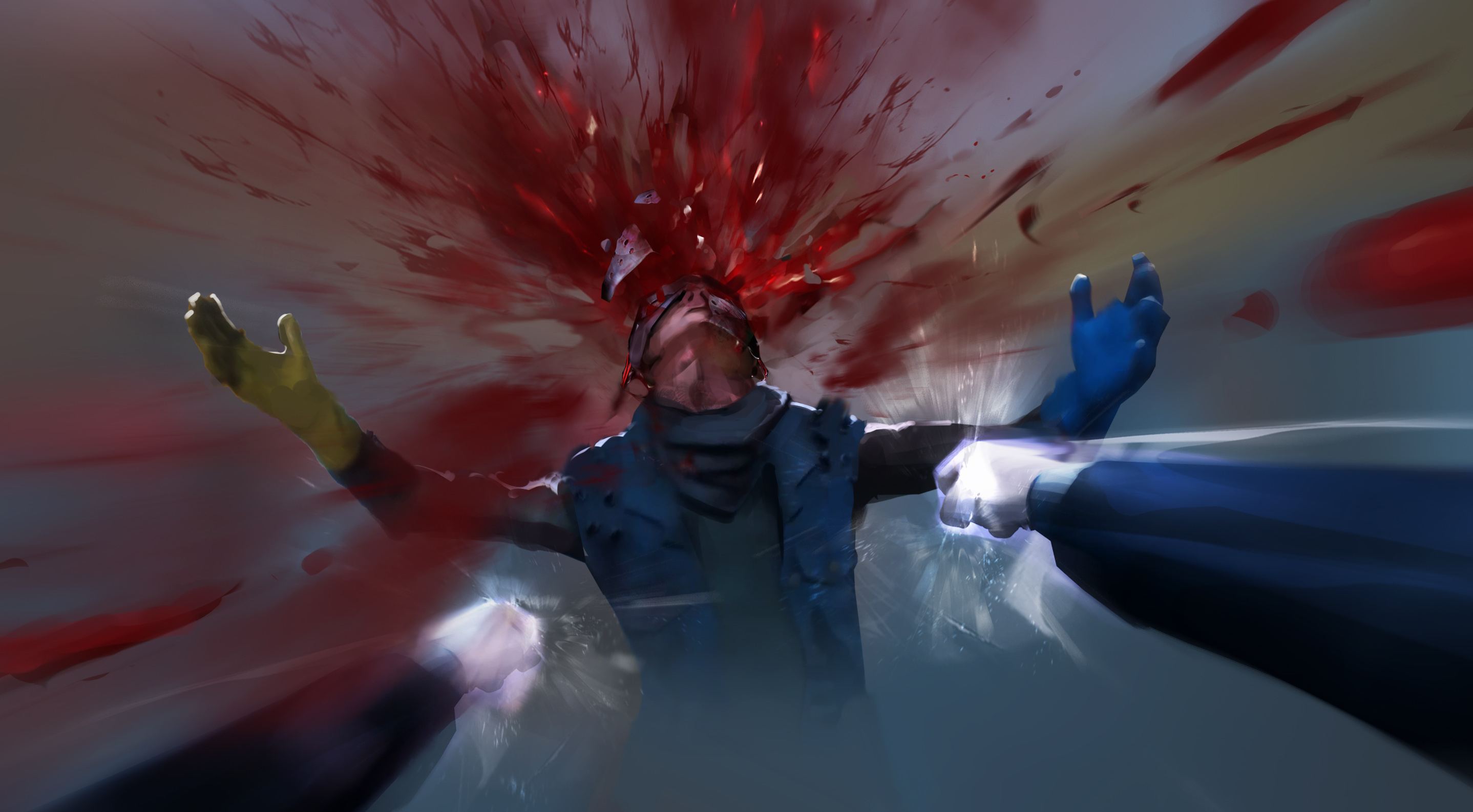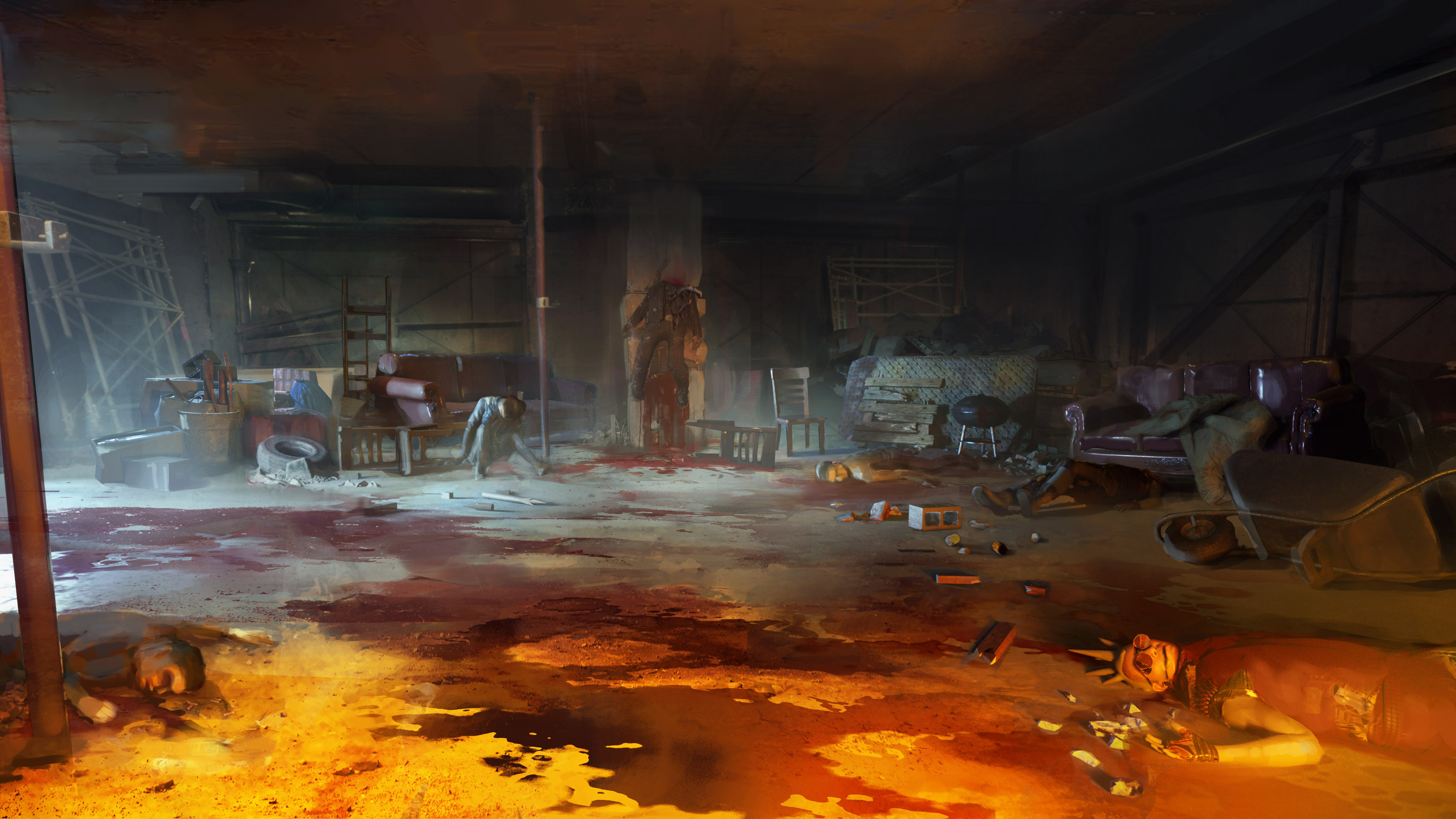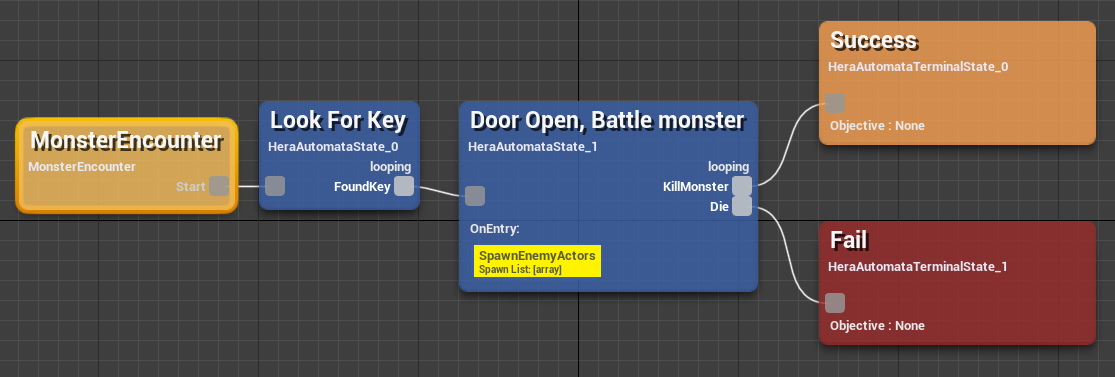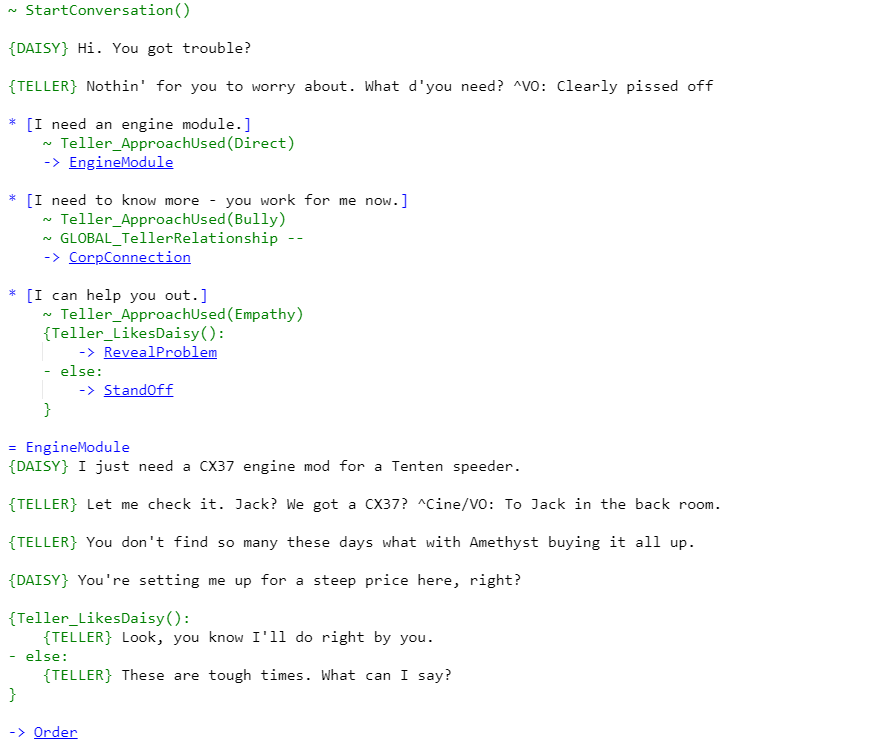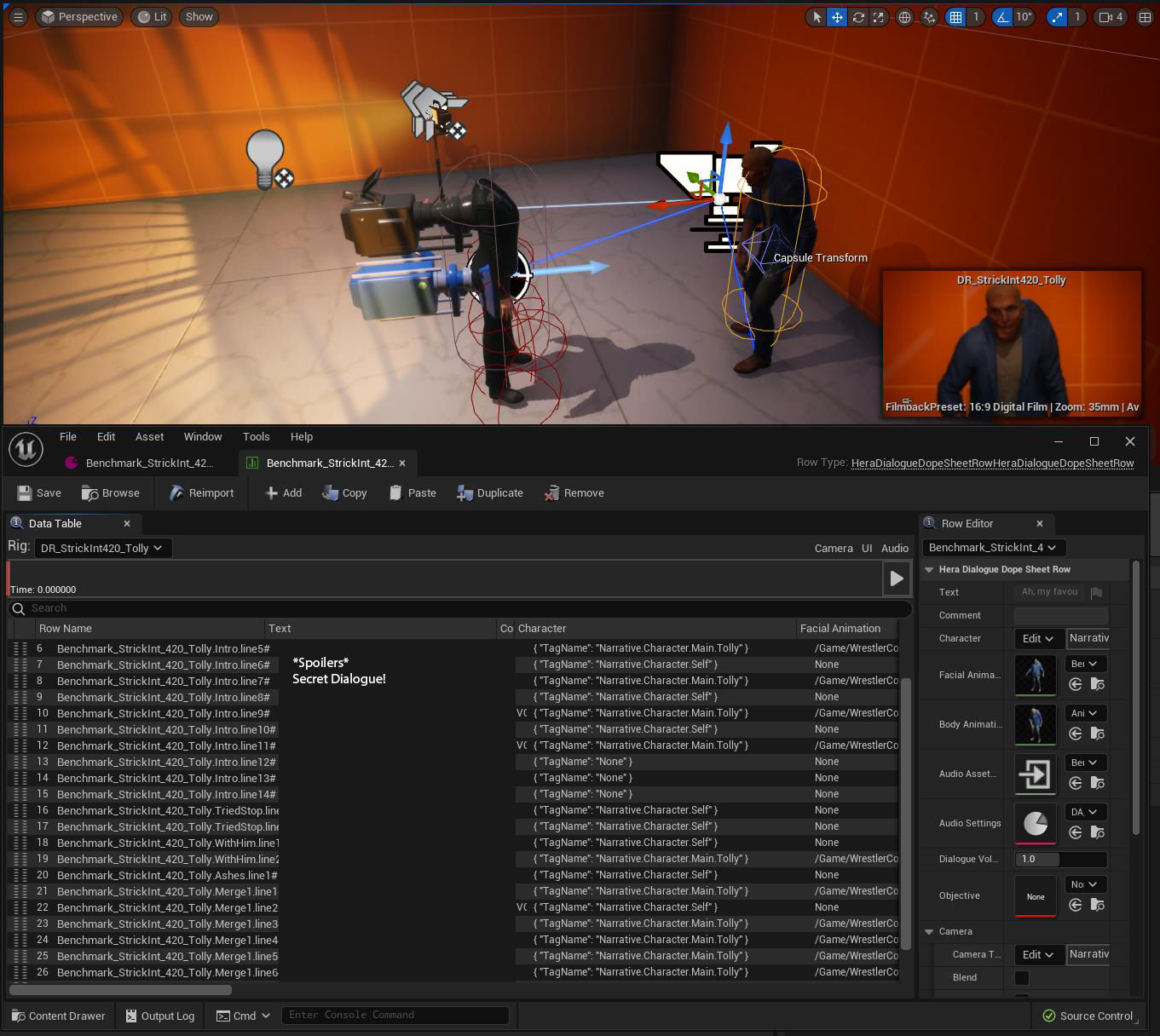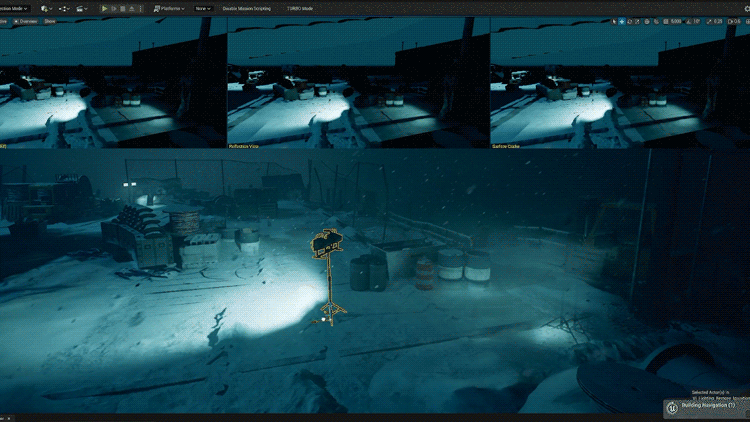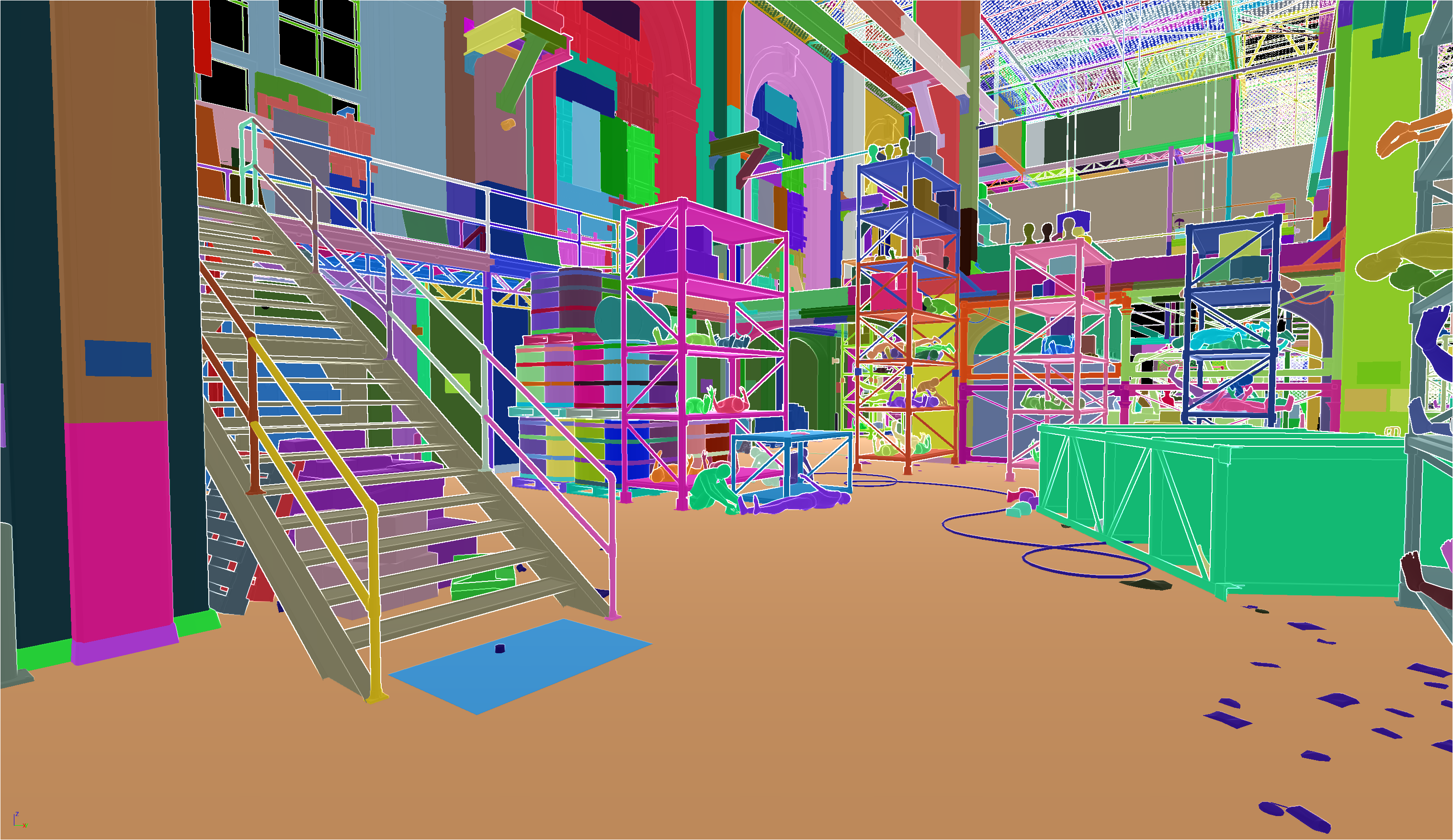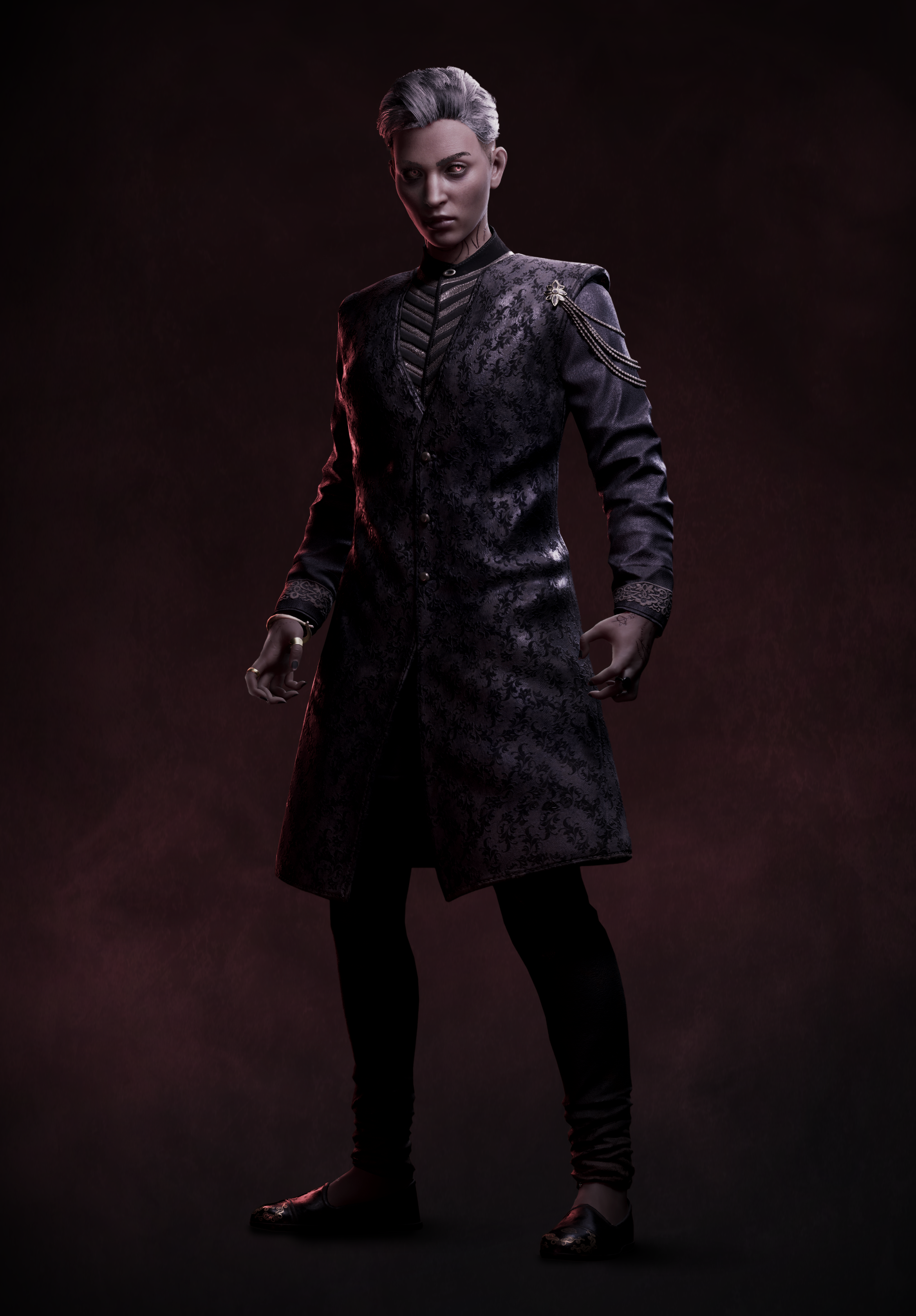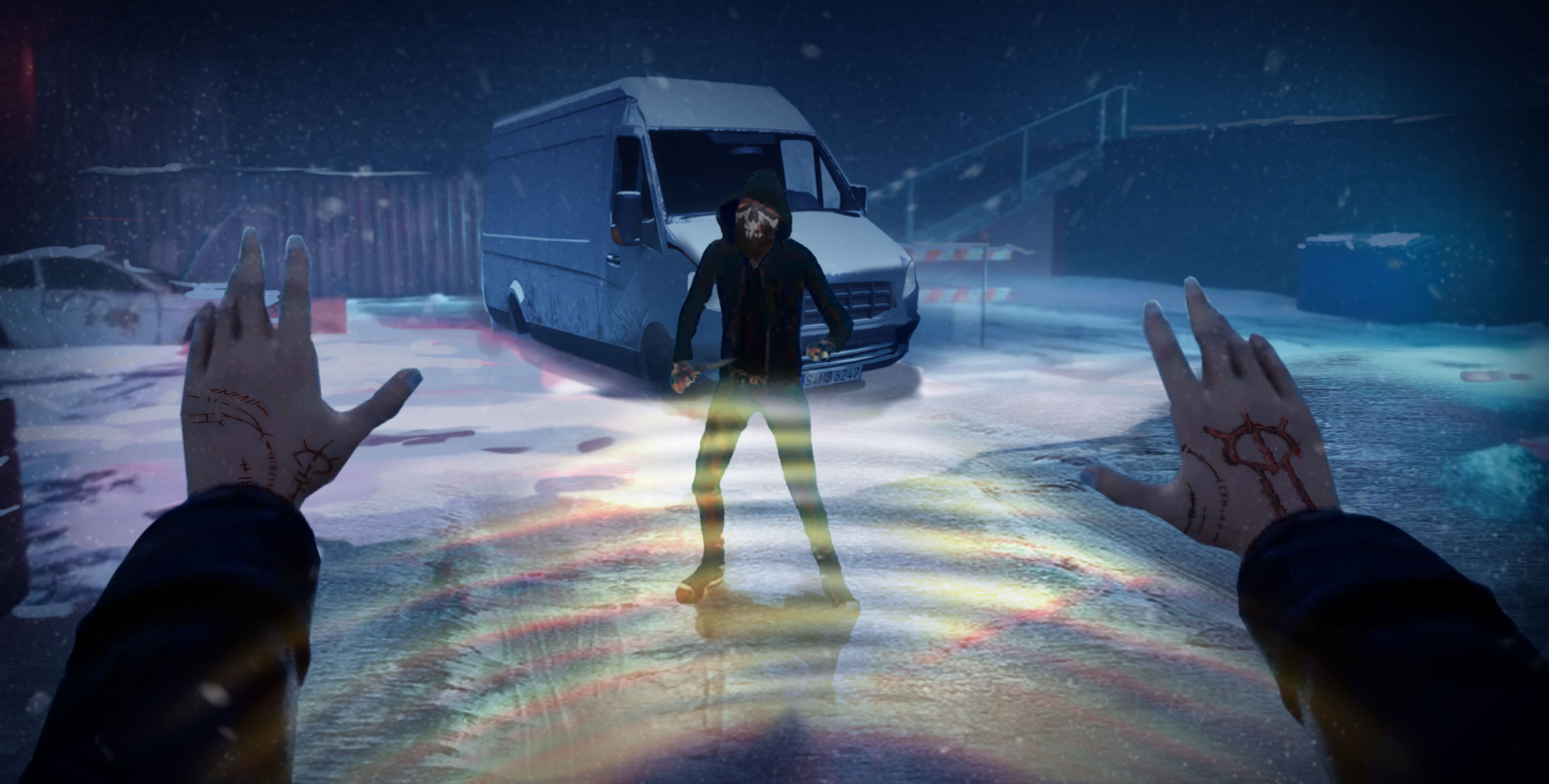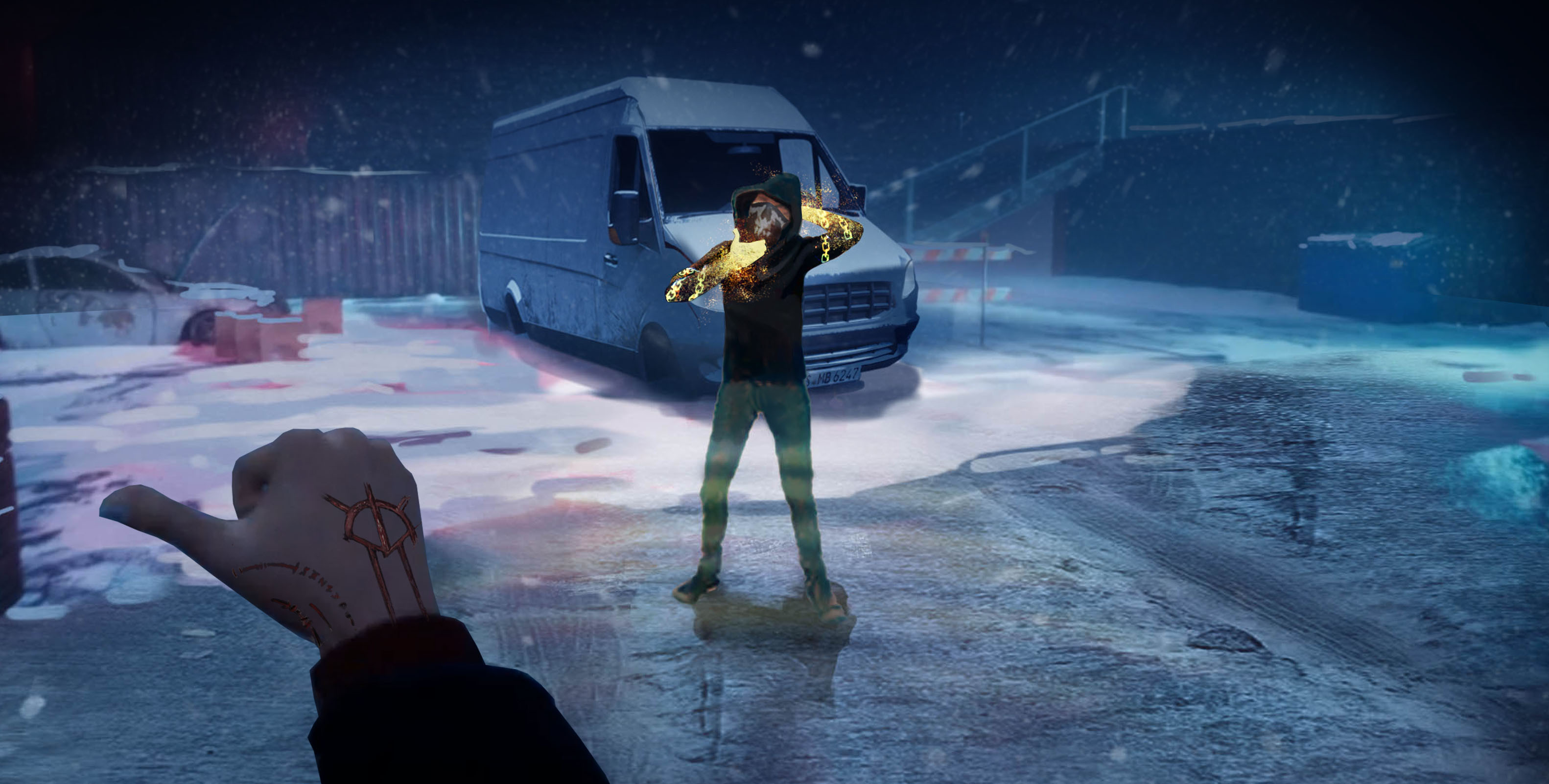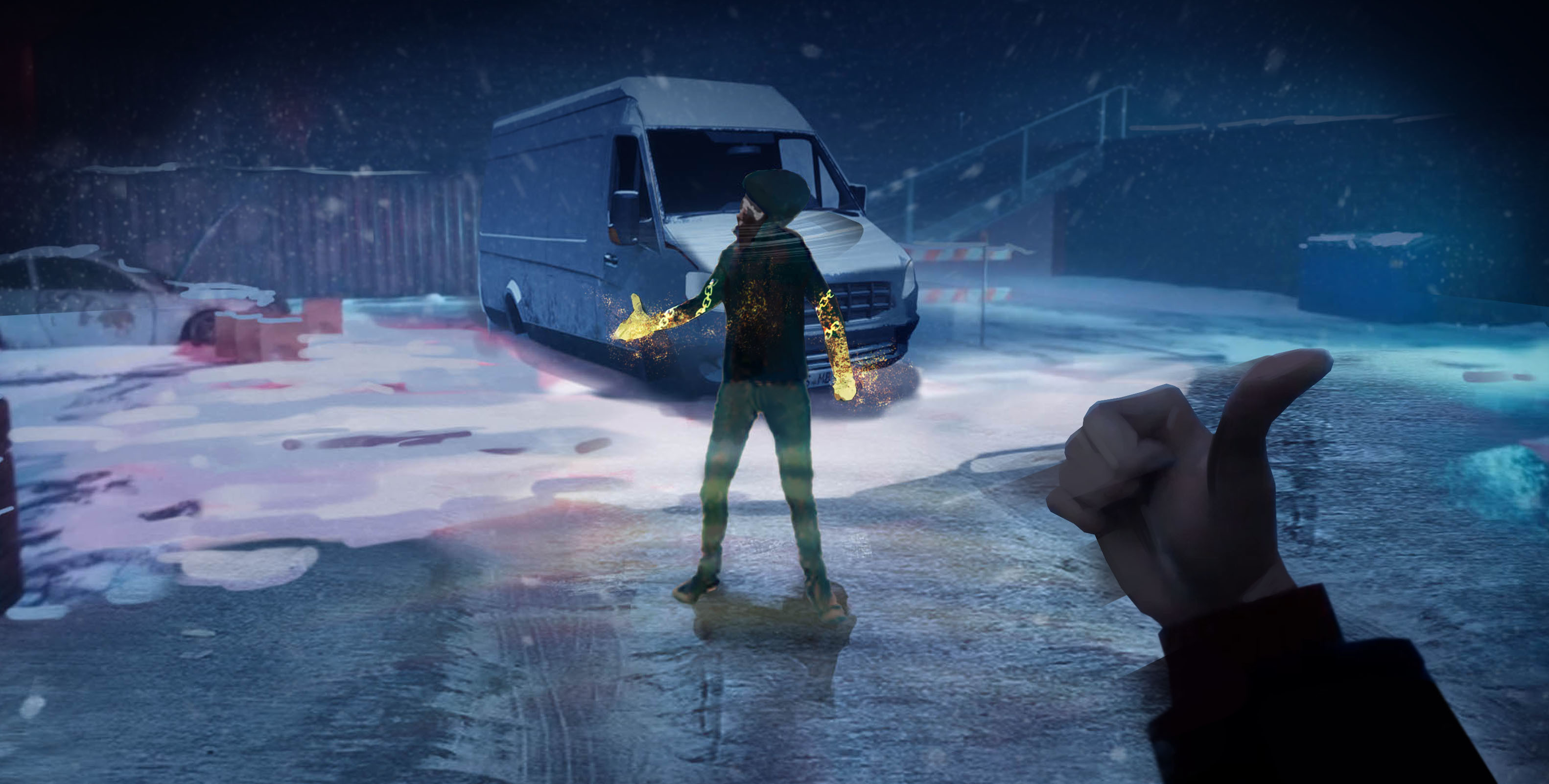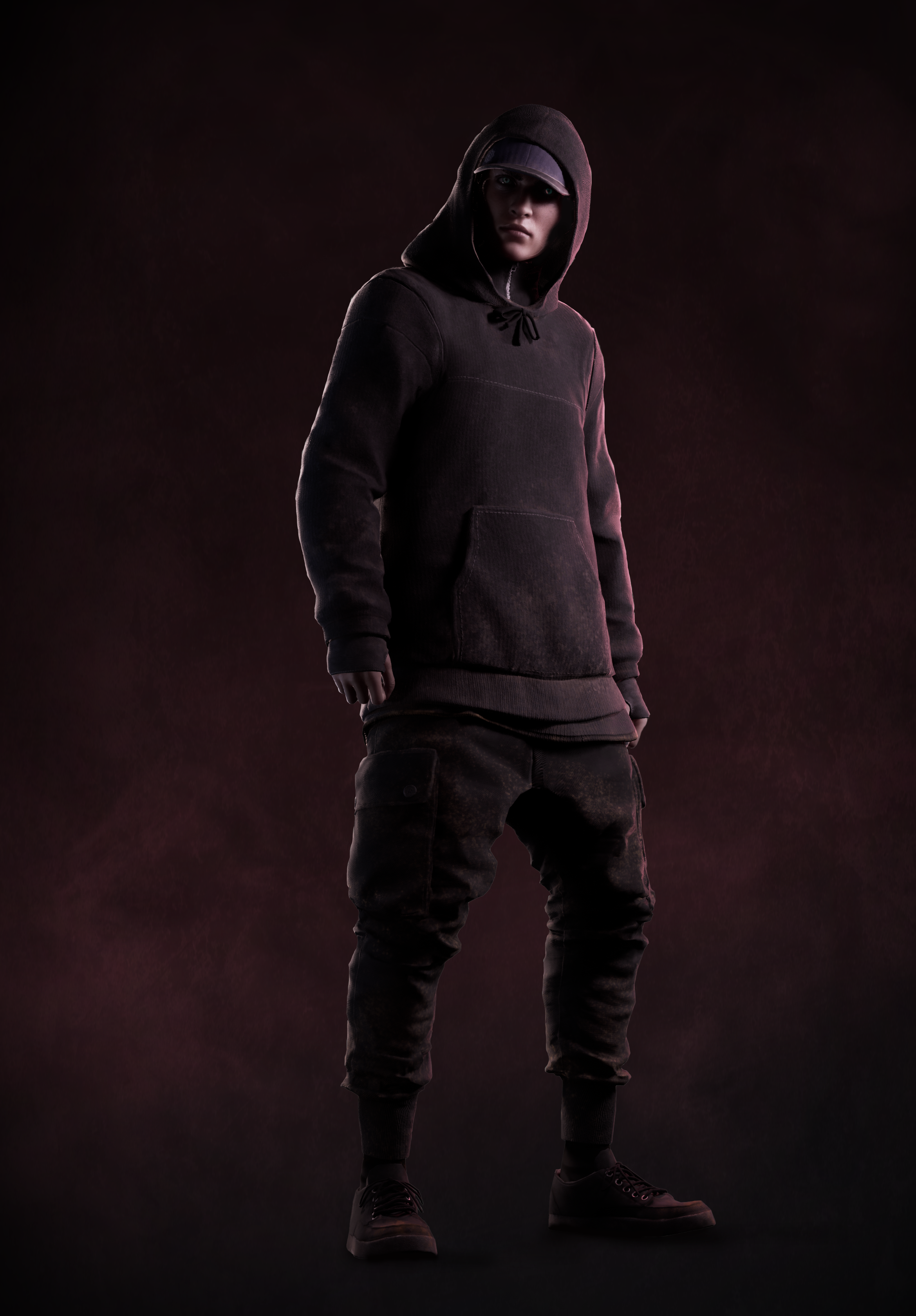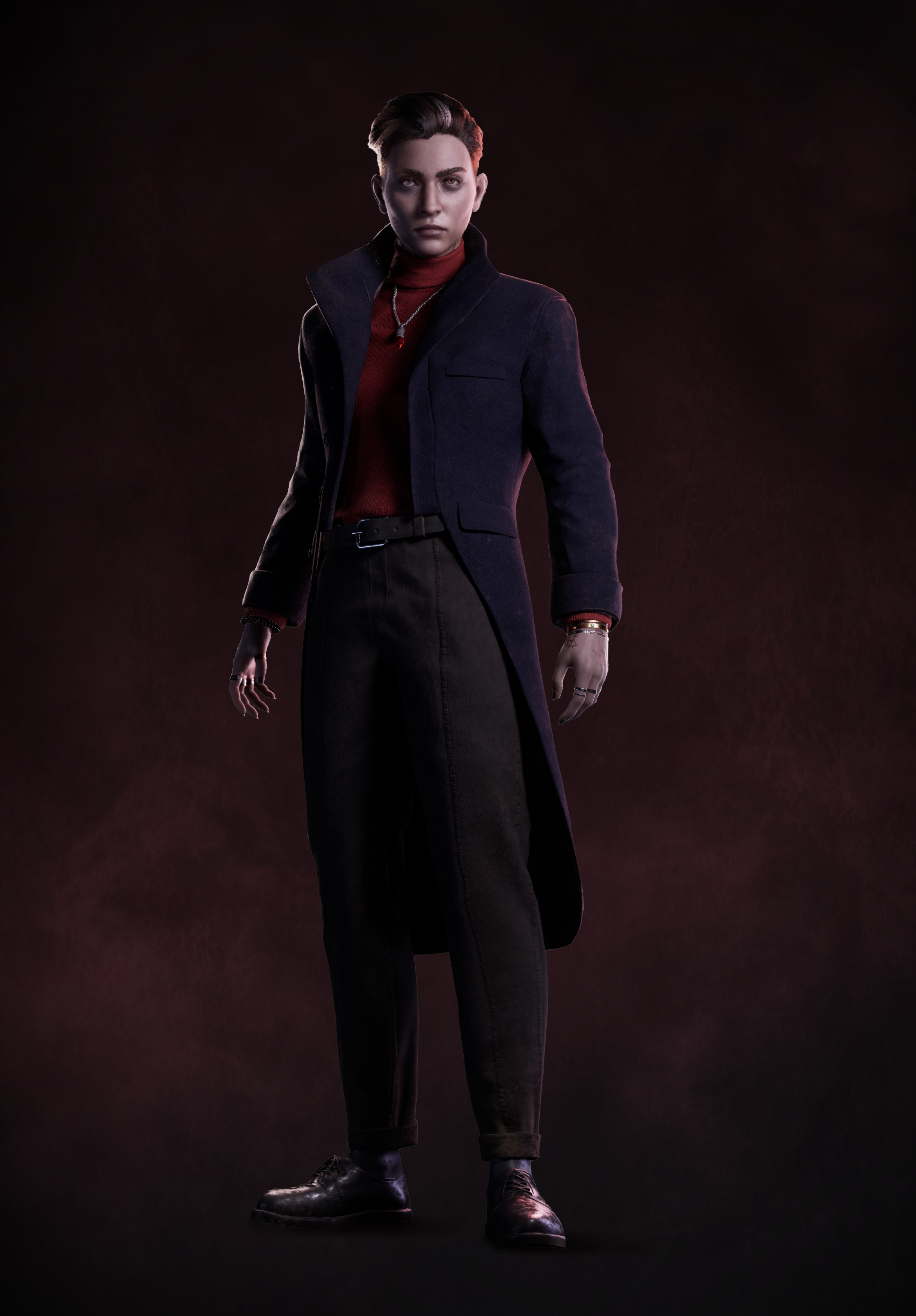
Mar 6, 2024
Vampire: The Masquerade® - Bloodlines™ 2 - Feeona_PDX

Rebels, The Learned Clan, Rabble, Hellenes.
The Brujah are known for their impetuous tempers and defiant natures, and the clan contains some of the most violent vampires. Visionaries and brutes both, the Brujah have fallen from their stature as the Learned Clan to a motley lineage of radicals, troublemakers, and firebrands — all as much at odds with each other as with the systems they claim to oppose.
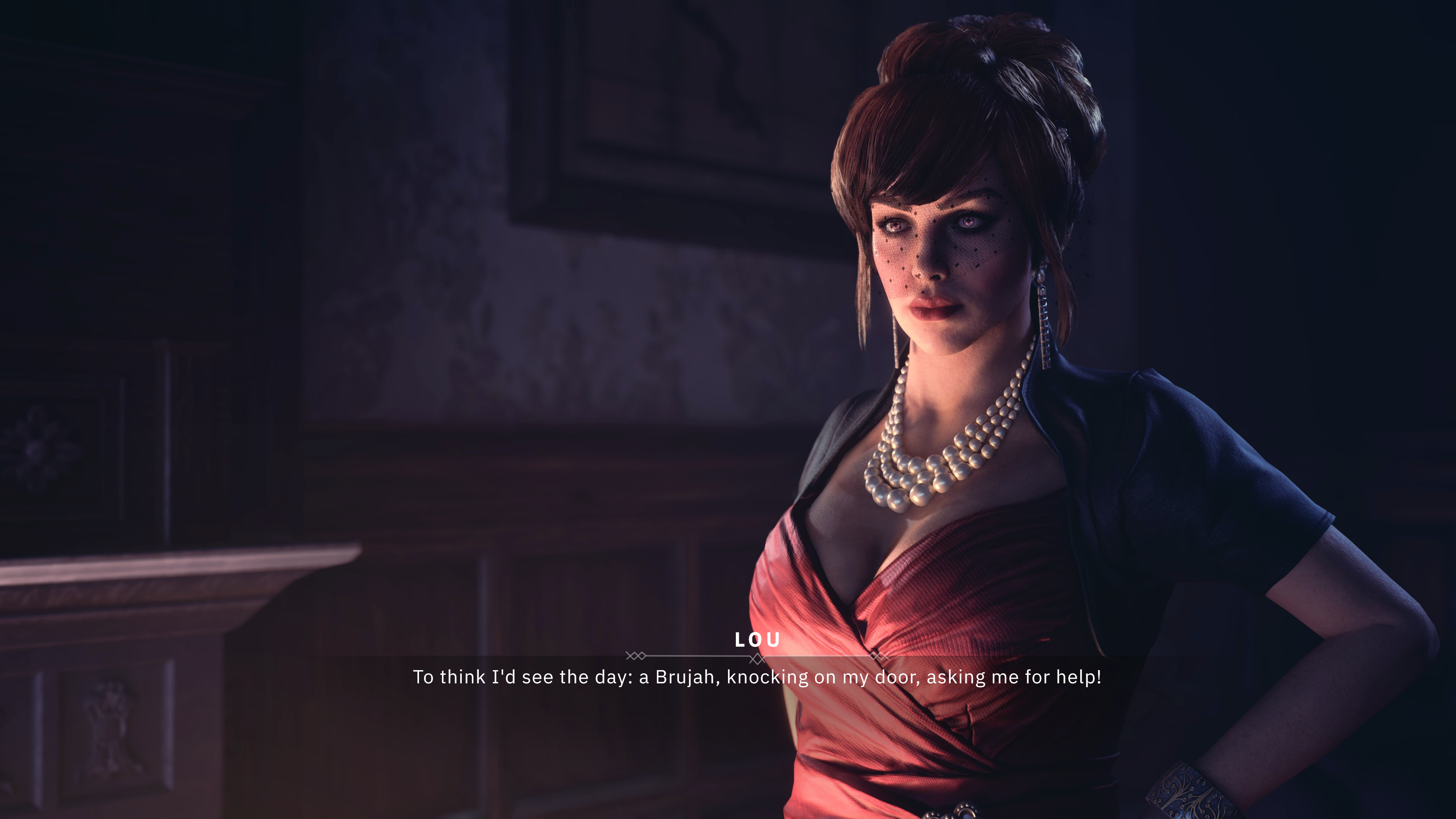
Playing a Brujah in Bloodlines 2
If you’re a player who leaves the shadows to the cowards, knows the frontline is where the fun is, and rebels against the establishment, Brujah is your clan.In Bloodlines 2, Clan Brujah will offer a brutal brawling playstyle with its abilities (in Vampire: The Masquerade, known as Disciplines), getting you into the fray and rewarding you for staying there. The Brujah control the dance of combat by making enemies drop their defenses, knock them around on the battlefield and increase their damage by feeding for powerful finishing strikes.
In social environments, the Brujah are often expected to have a short temper. In Bloodlines 2, certain characters you meet may treat you differently depending on your clan, and while clans have access to angry, violent or threatening dialogue options, throughout Bloodlines 2 you will find unique dialogue sequences for the Brujah. And if you play against the archetypes, characters in-the-know will react.
As a predator of the night, hunting for blood is always a challenge, but the Brujah can often rely on their ability to influence pedestrians’ rage to make them chase you into an empty alley and have a midnight snack.
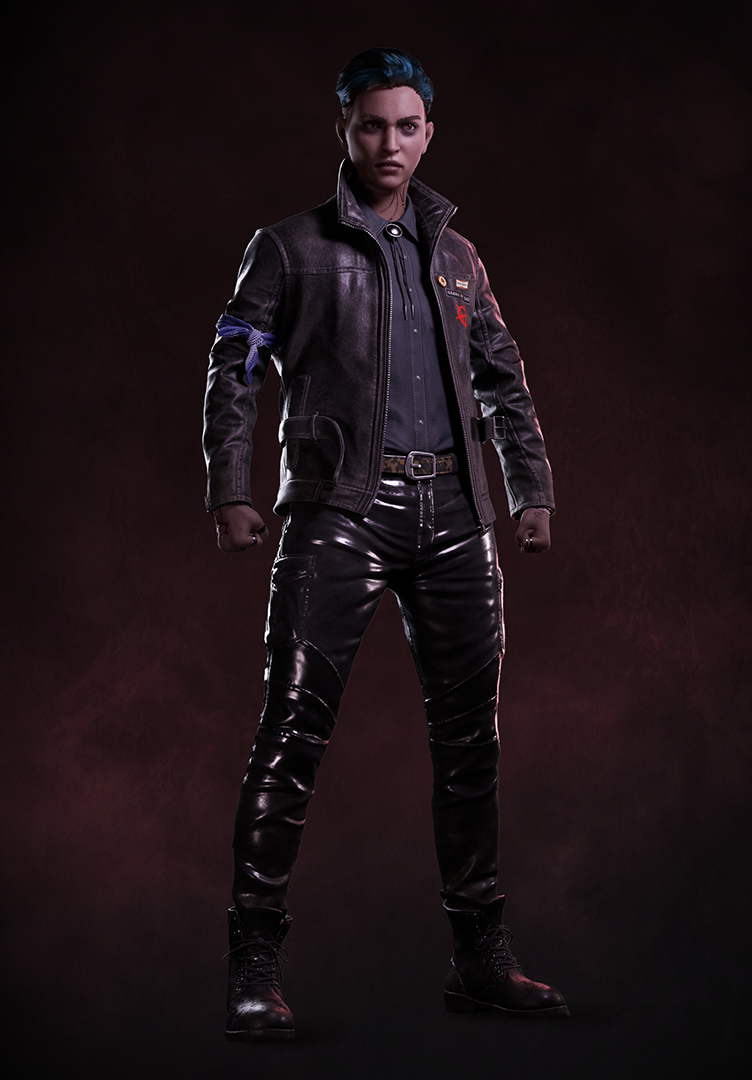
Abilities
When you choose your clan, you will start out with a passive ability unique to each clan. You are then able to unlock abilities from the Ability Tree, starting with your chosen clan. Each ability requires spending Ability Points to unlock, which are earned from completing missions, combat and exploration. At the peak of the Ability Tree, you can unlock the clan Perk, a reward to those dedicated enough to unlock all of the abilities for a clan, giving a permanent passive upgrade. Brutality
Clan PassiveAfter feeding, become flushed with vampiric strength, temporarily increasing the power of all your melee attacks.
Taunt
Use your supernatural Presence to enrage an opponent or civilian prey, compelling them to attack you. While enraged, the target takes increased damage.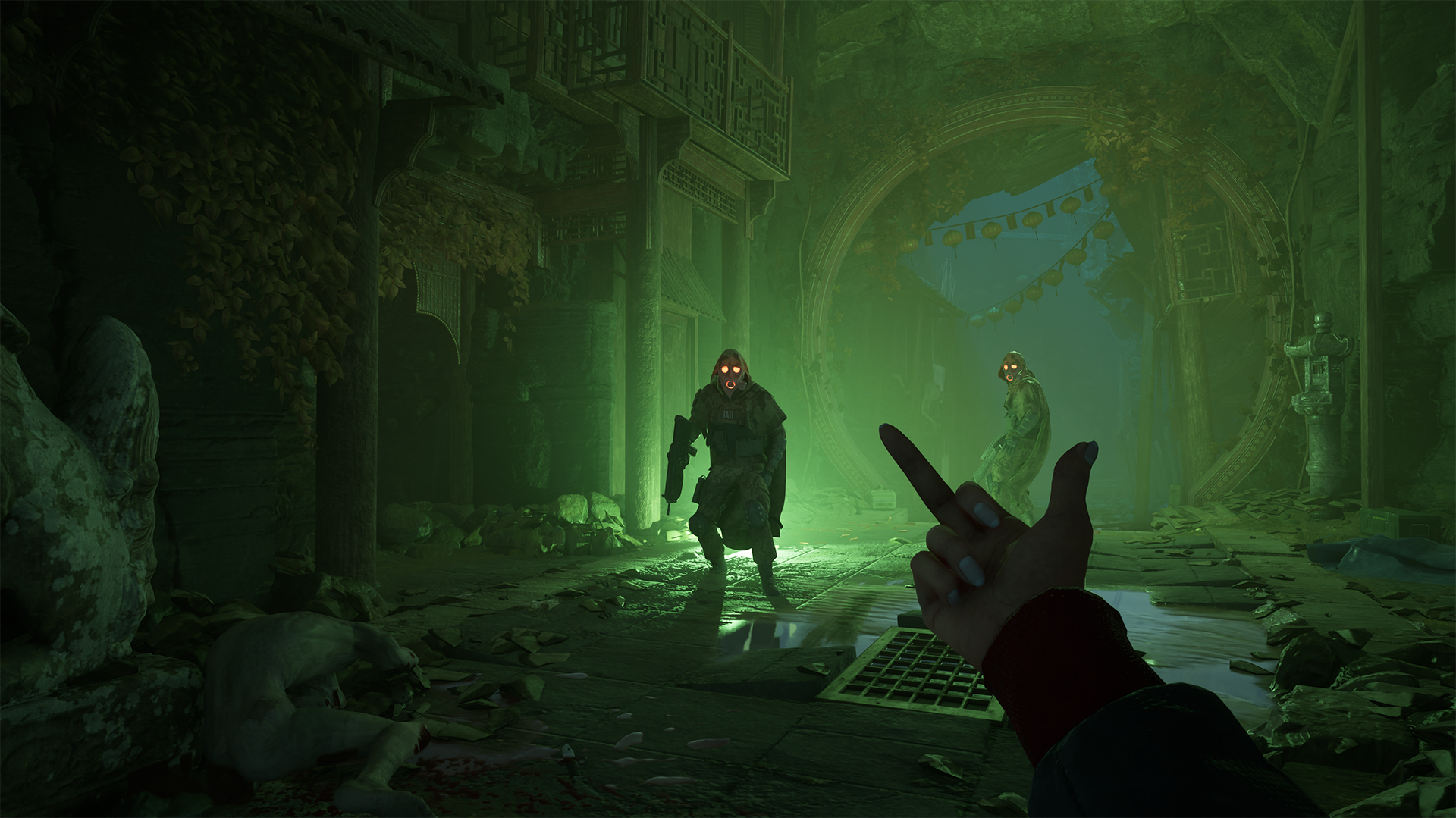
Charge
Surge forward with preternatural speed and rage, grabbing an enemy you collide with to use as a battering ram to knock down others in your path.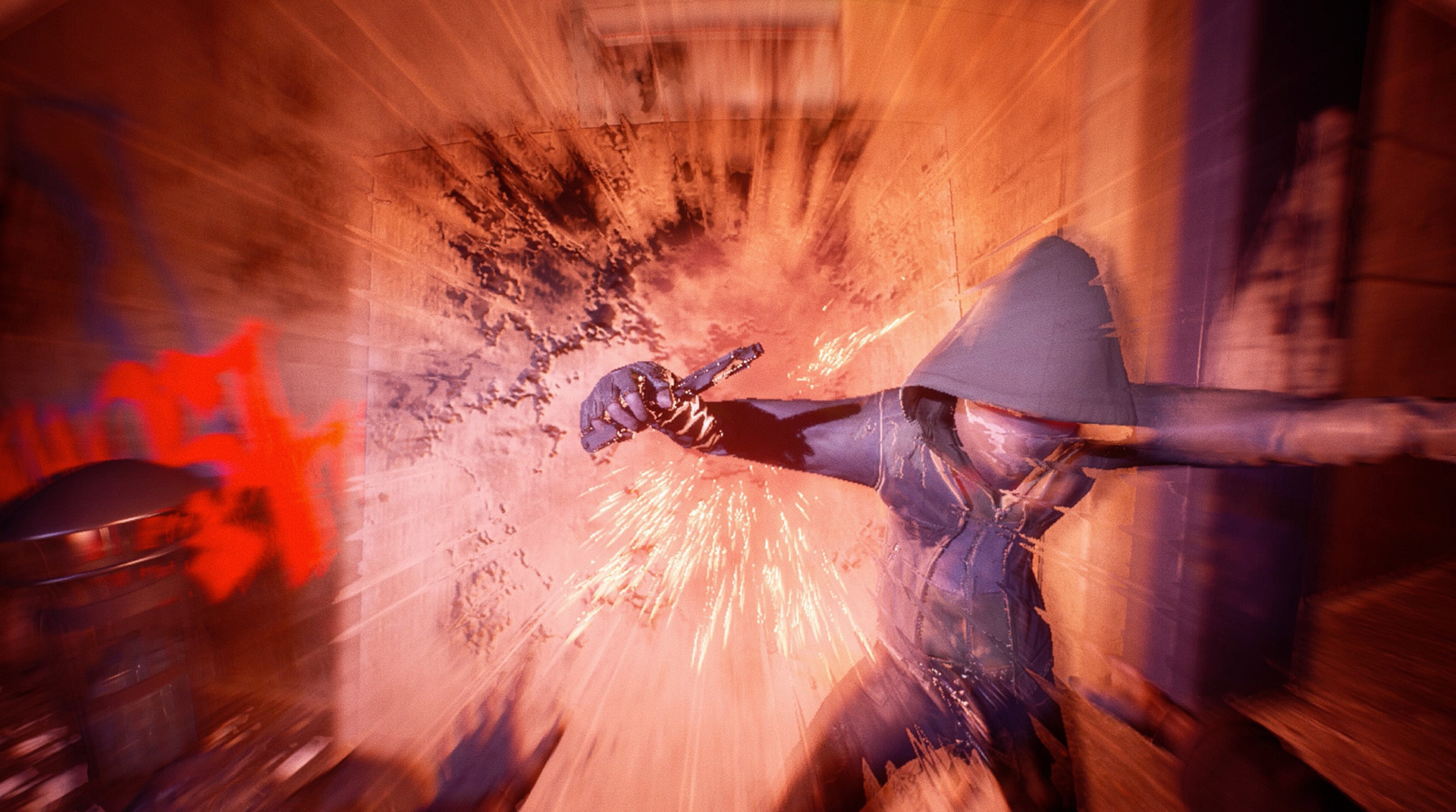
Lightning Strikes
Target multiple opponents and unleash an unstoppable hail of punches, with the final strike dealing increased damage.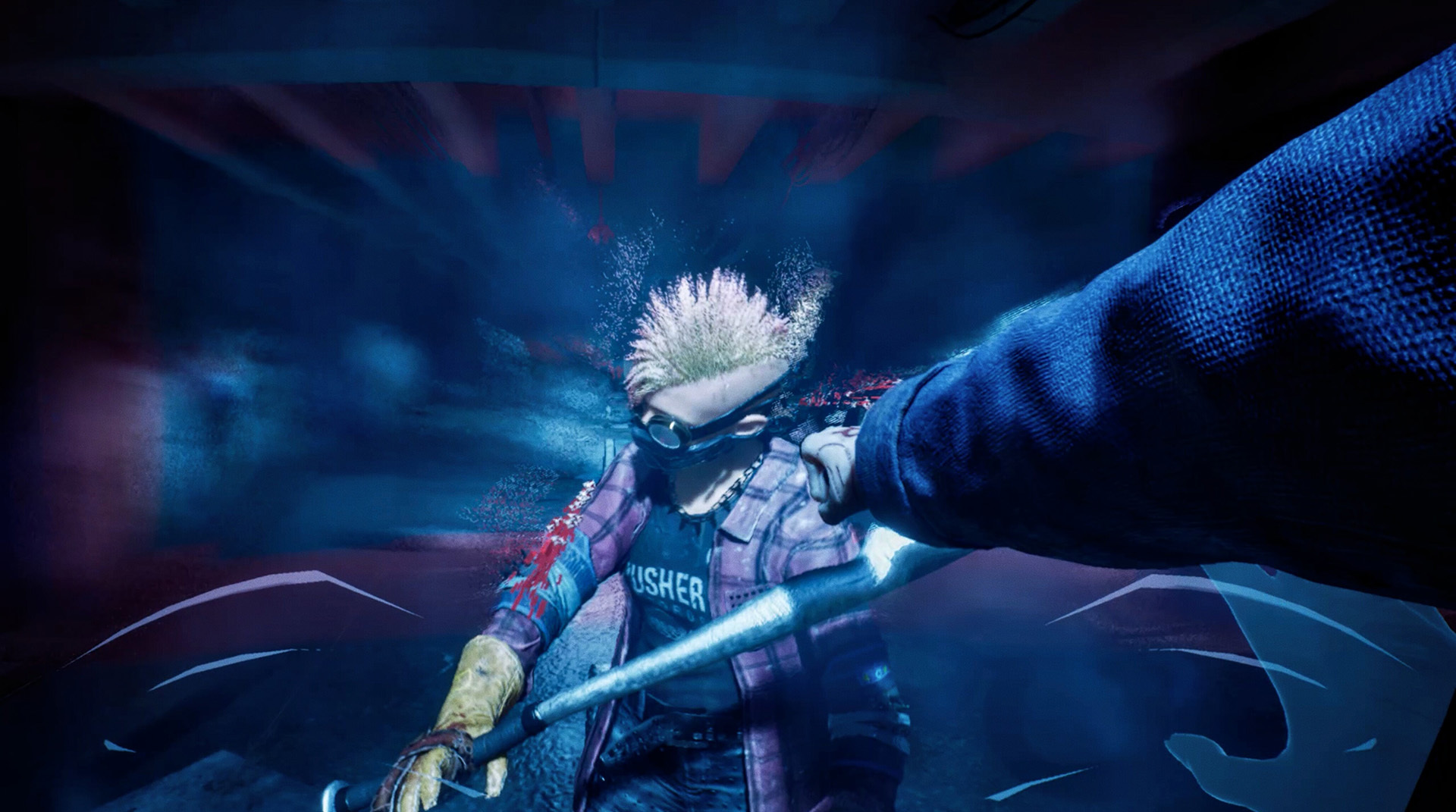
Earthshock
Slam the ground with explosive force, flinging surrounding enemies into the air.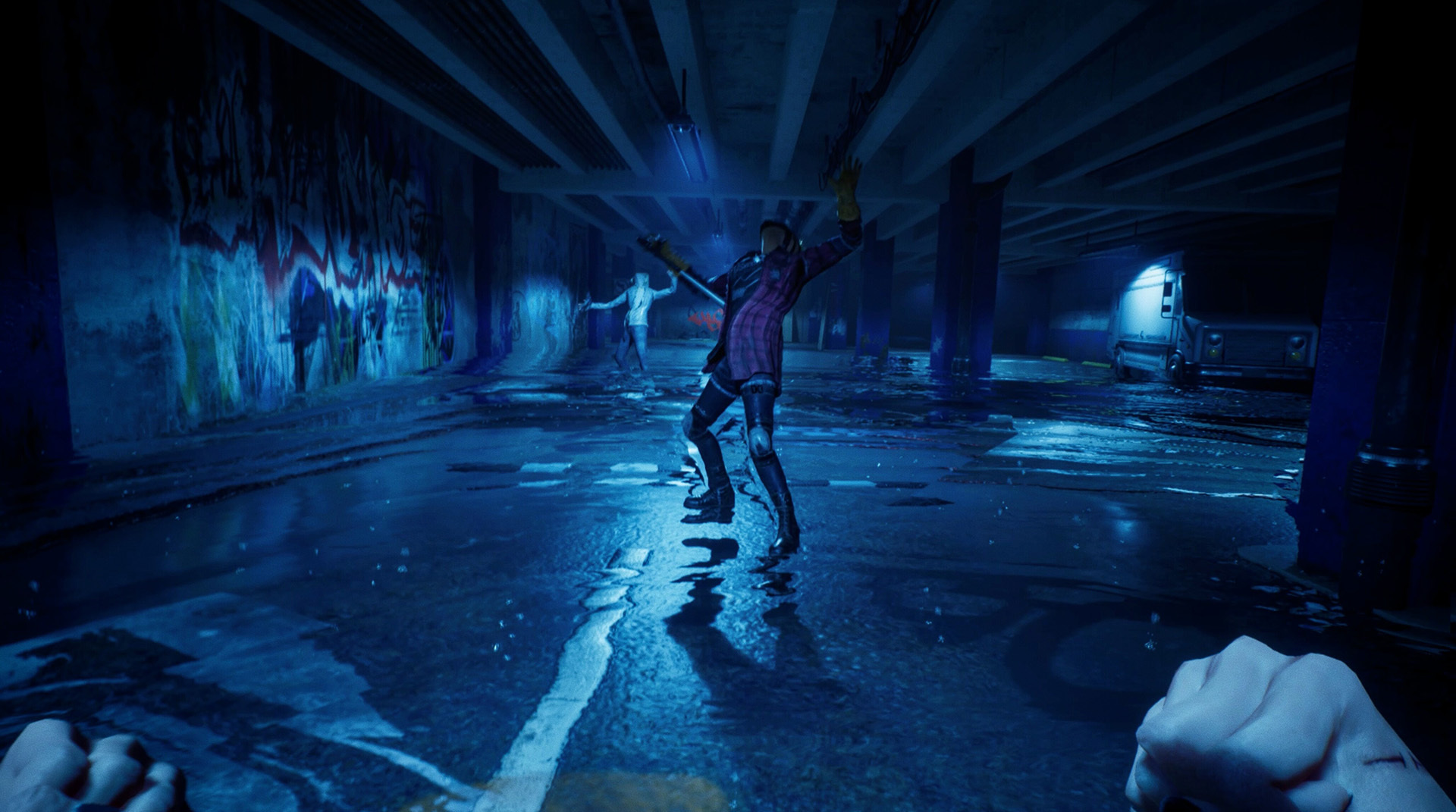
Pulverise
Clan PerkKilling enemies without feeding still activates your Clan Passive.
Customizing your playstyle
In Vampire: The Masquerade - Bloodlines 2, you can play your character in different ways. Brujah are a more brawler type, and the abilities are focused around supporting that. We wanted to make sure that this is not an ability optimization game where you need to go through a multitude of abilities and weigh them against each other. Playing a clan should be straight forward if you want it to be. While this is true, you can also dive deeper into the customization of your playstyle. This is done by visiting important Seattle vampires that are sworn to assist the Sheriff (you) including offering their Blood to help unlock abilities from their clan. Abilities from other clans may cost more AP depending on how well they align with your clans Disciplines. The Brujah Disciplines are Celerity (speed enhancing abilities) Potence (strength enhancing abilities) and Presence (the supernatural ability to attract, awe, or terrify)) so if another clan has a speed enhancing ability it would cost less AP to unlock than an ability for a Discipline Brujah don’t have, such as becoming stealthier which is part of the Obfuscate Discipline. Unlocking additional Clan Perks will make them stack, so you can collect them all if you wish, elevating your power much closer to elder level.
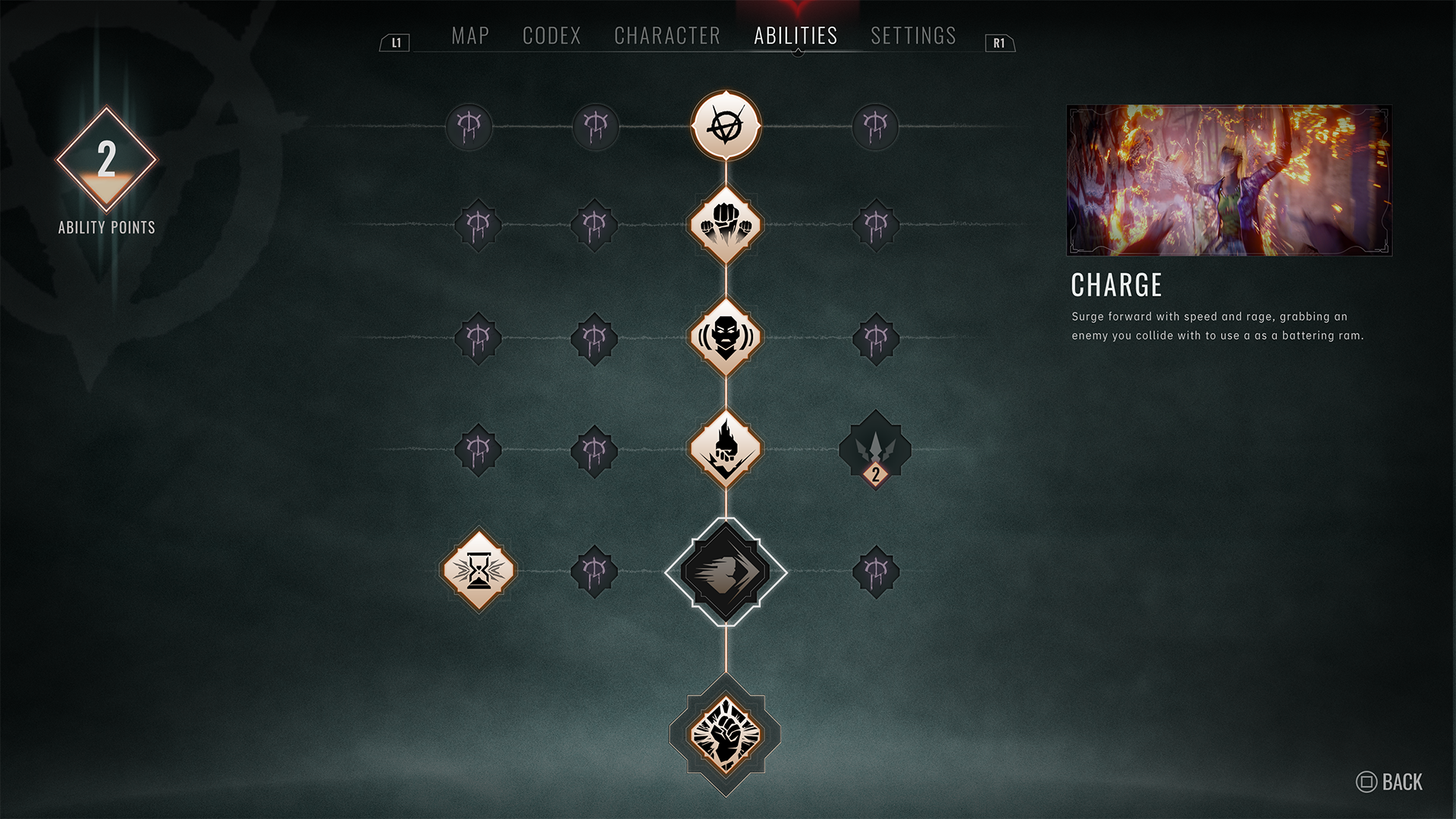
Ability tree for Brujah. All clan abilities and the clan perk are unlocked. An ability from Banu Haqim has been equipped. Each clan has hundreds of different ability combinations.
While the activated abilities and Clan Perk can be learned from the other clans, your clan passive can not. This means that you can combine features from other clans in hundreds of different ways, but your Brujah playthrough will remain unique from playing as another clan who branches into Brujah abilities.
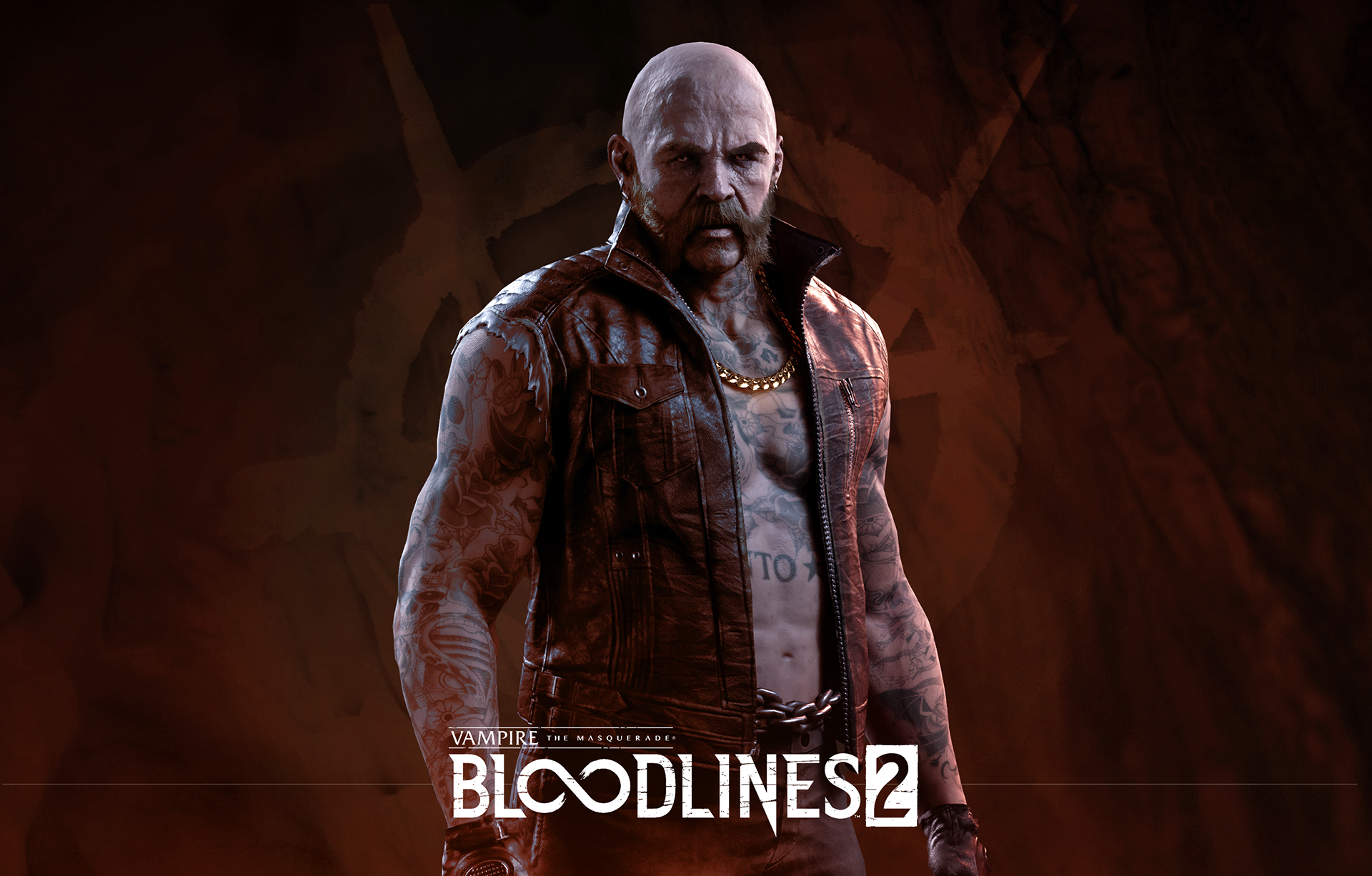
Silky, Brujah Primogen in Seattle






